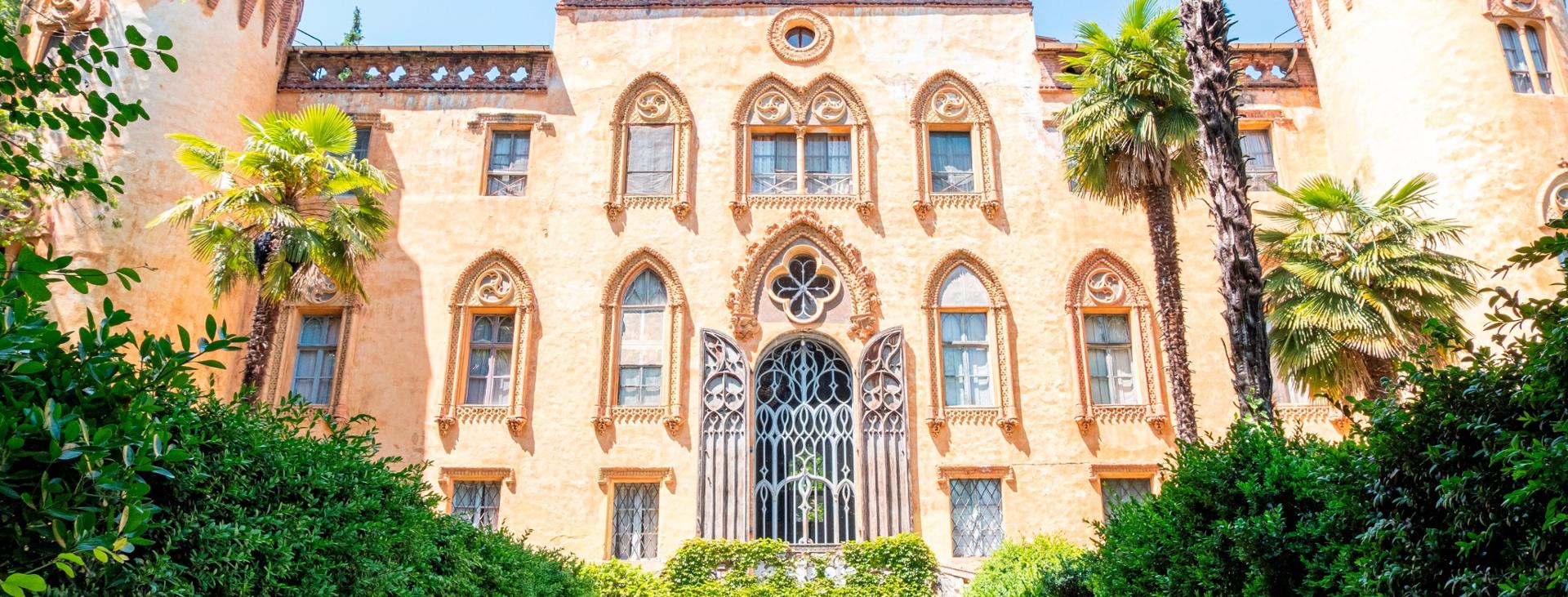
BUSCA
BUSCA
AND THE CASTELLO DEL ROCCOLO
Rich baroque churches are the highlights of the lovely old town of Busca. The hilly routes are great for exploring numerous cycling and hiking routes that develop around the city. A splendid example of neo-Gothic is the Castello del Roccolo, built starting in 1831 and surrounded by a wonderful monumental park in a romantic style.
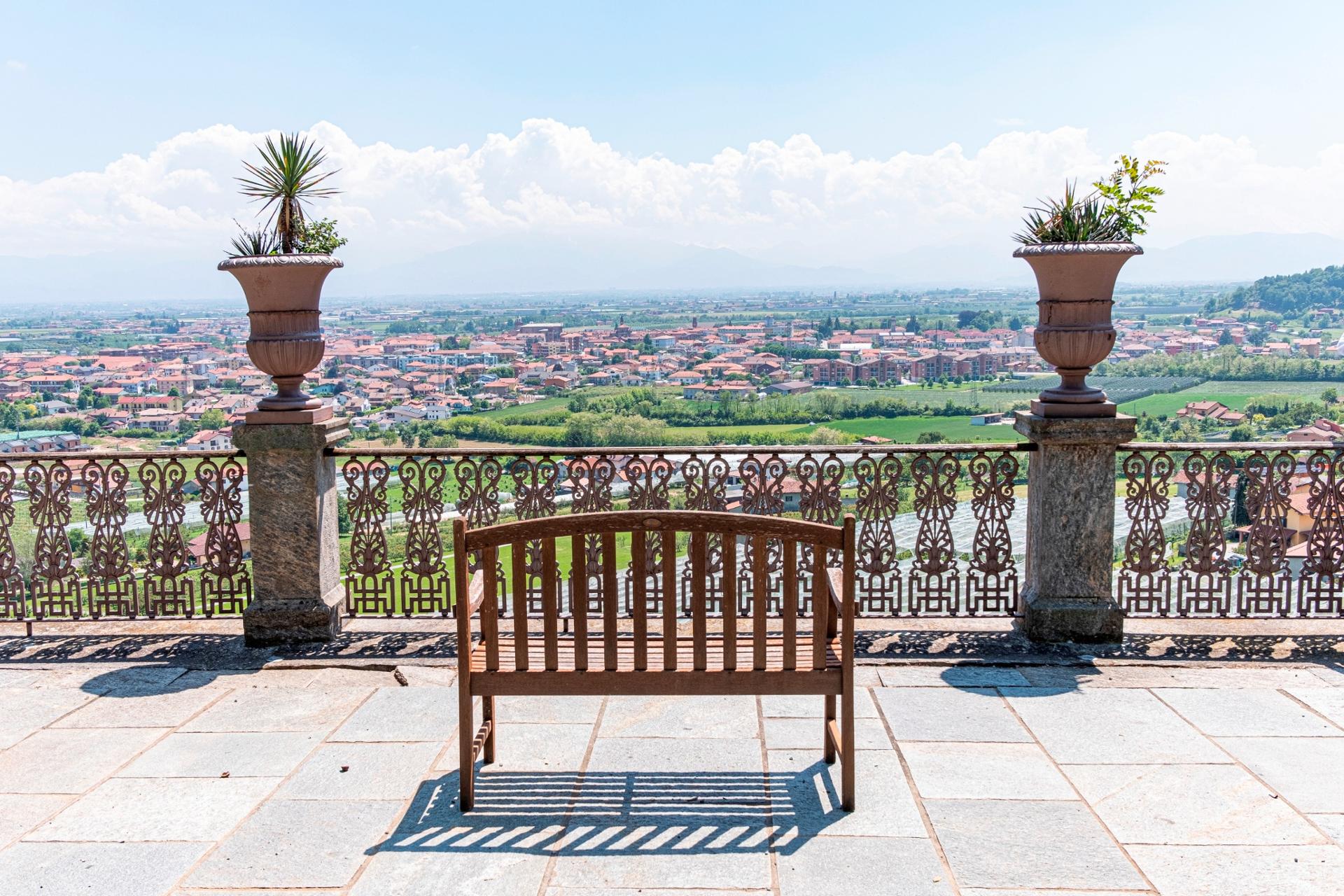

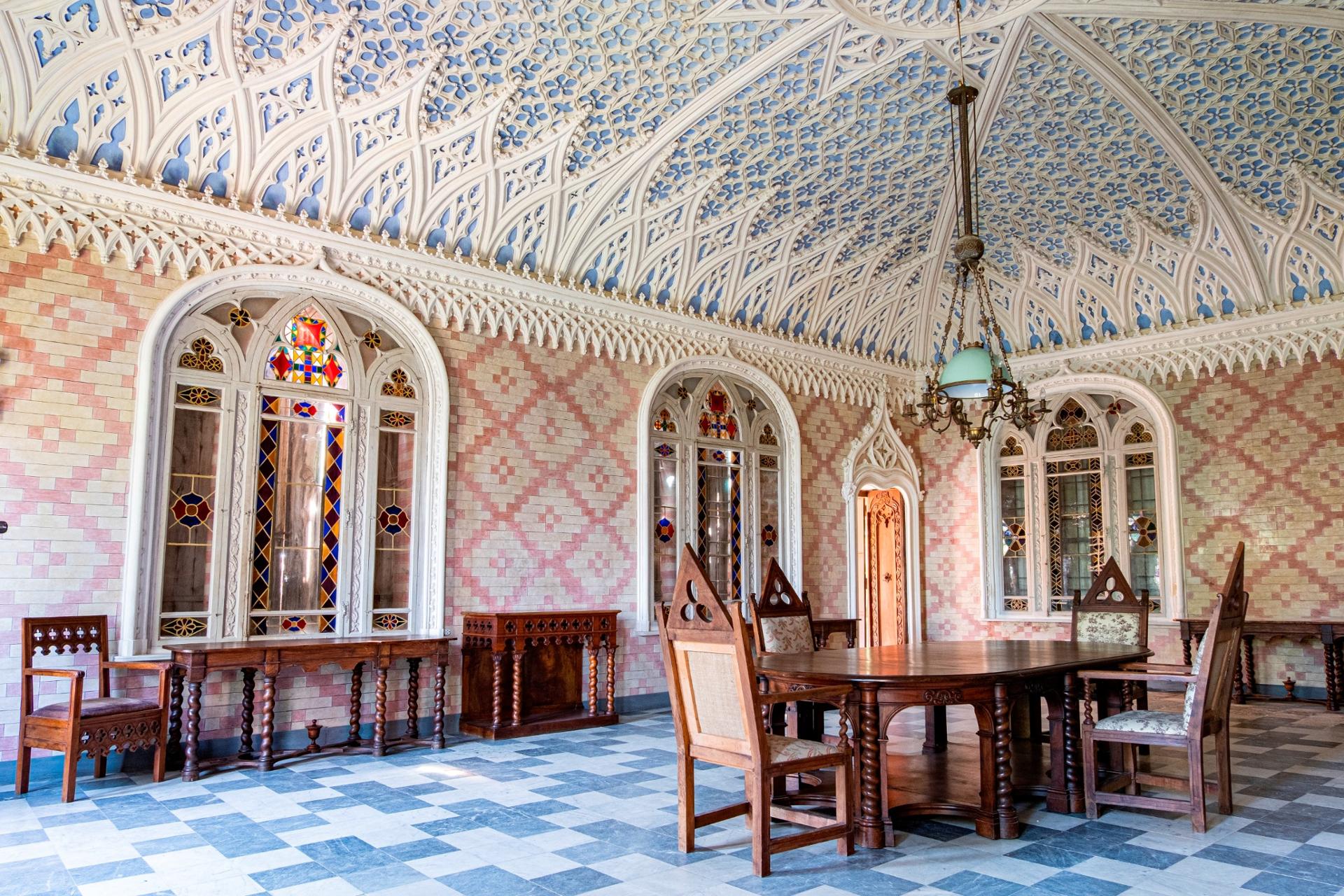
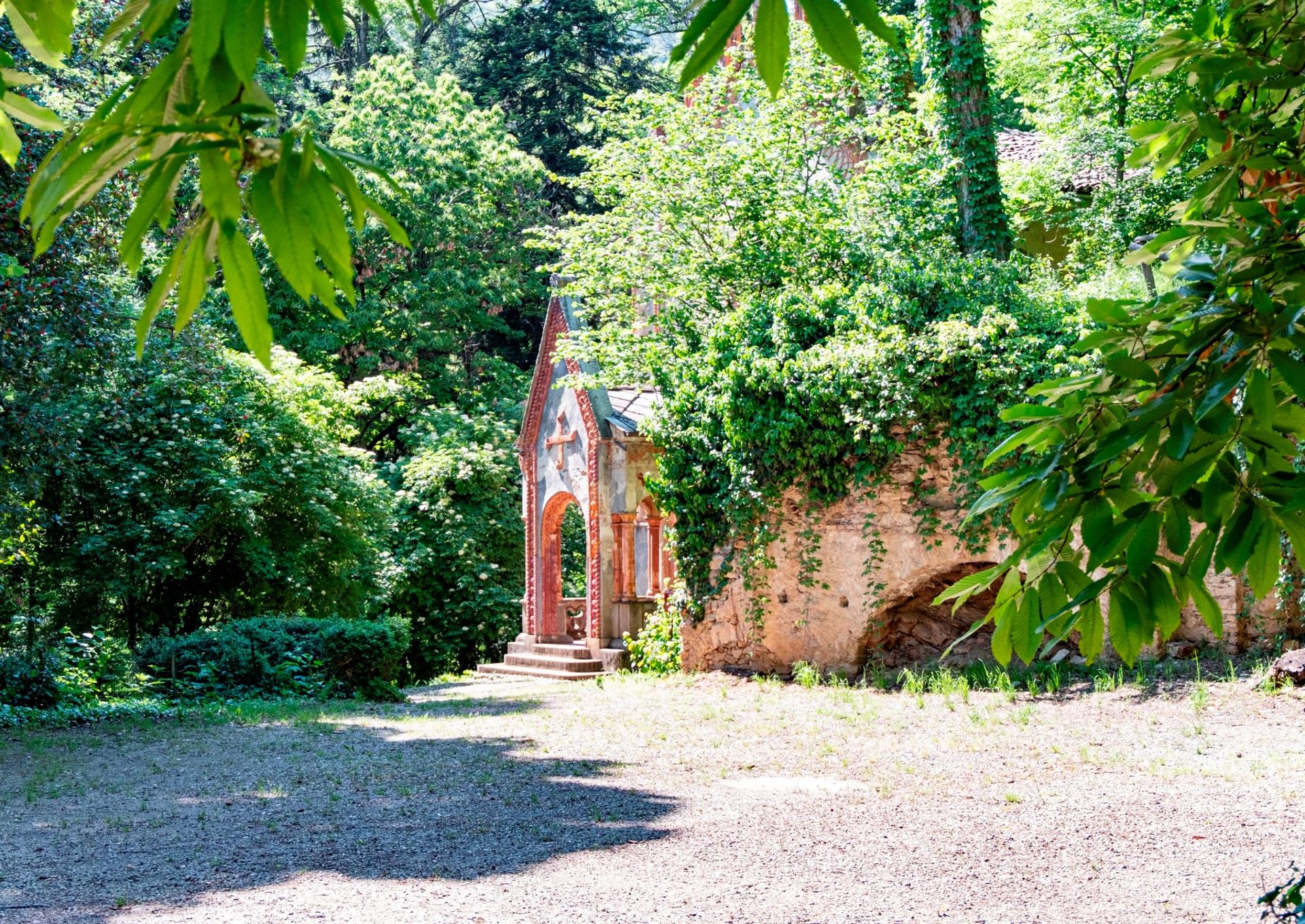
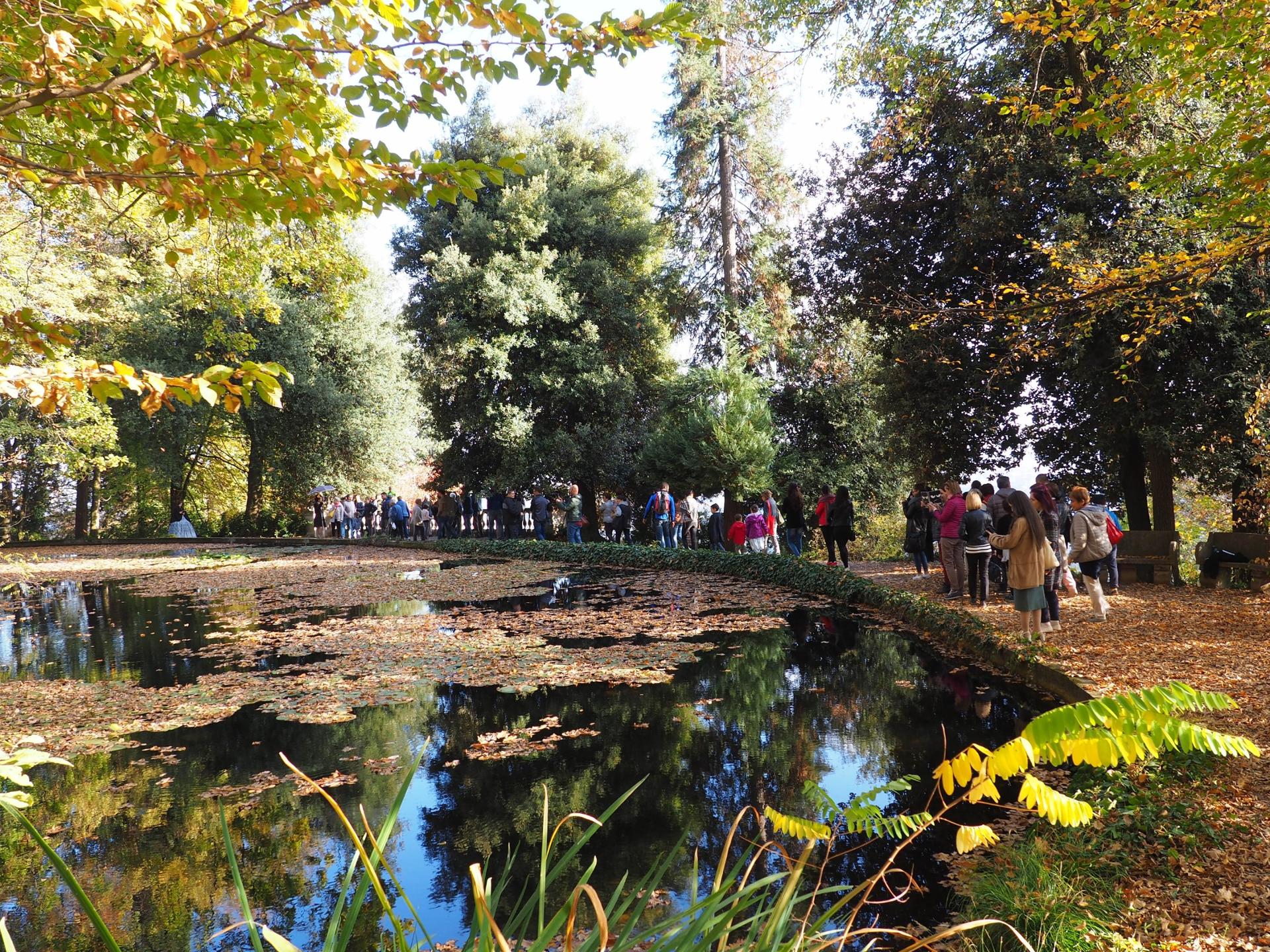
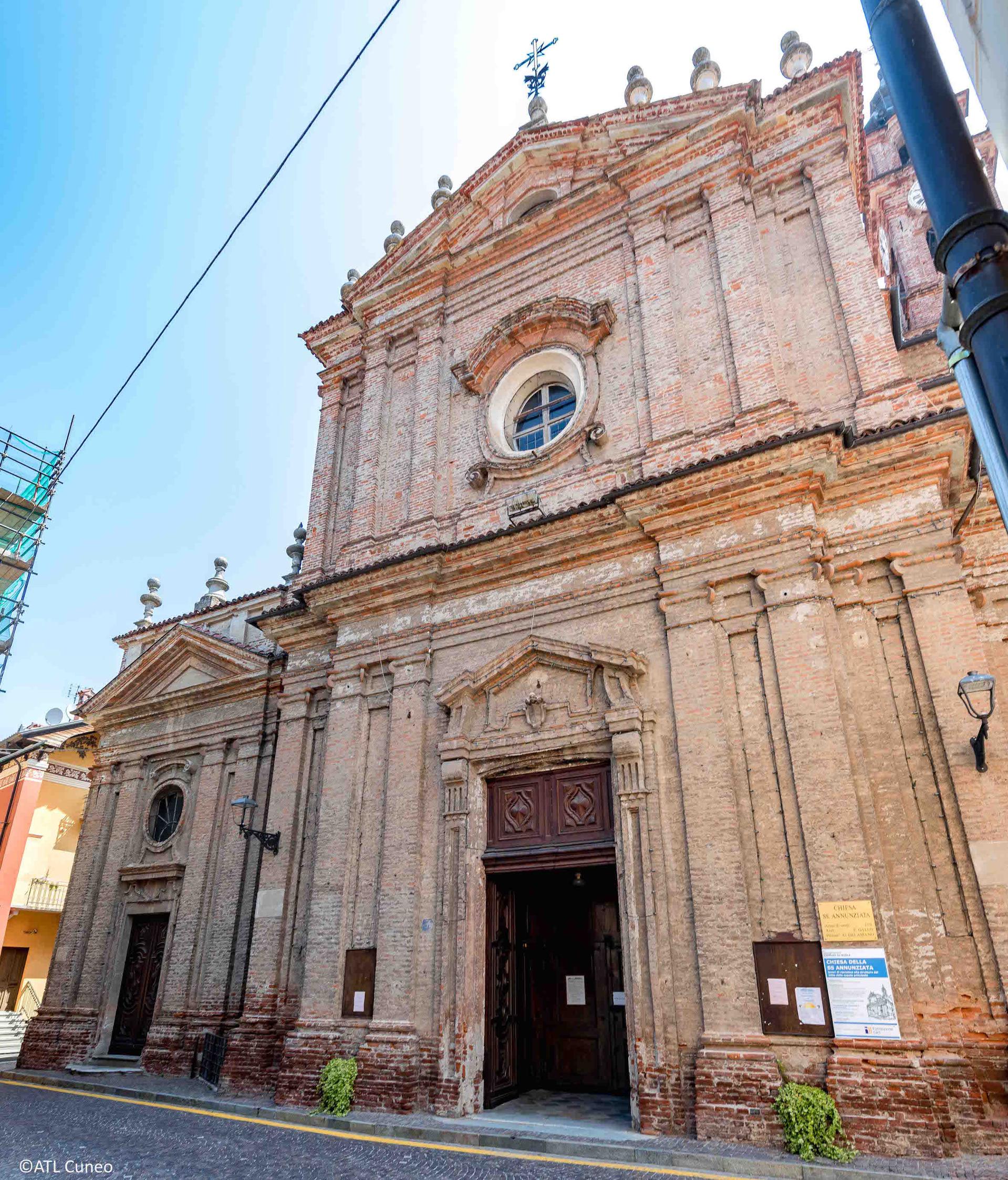

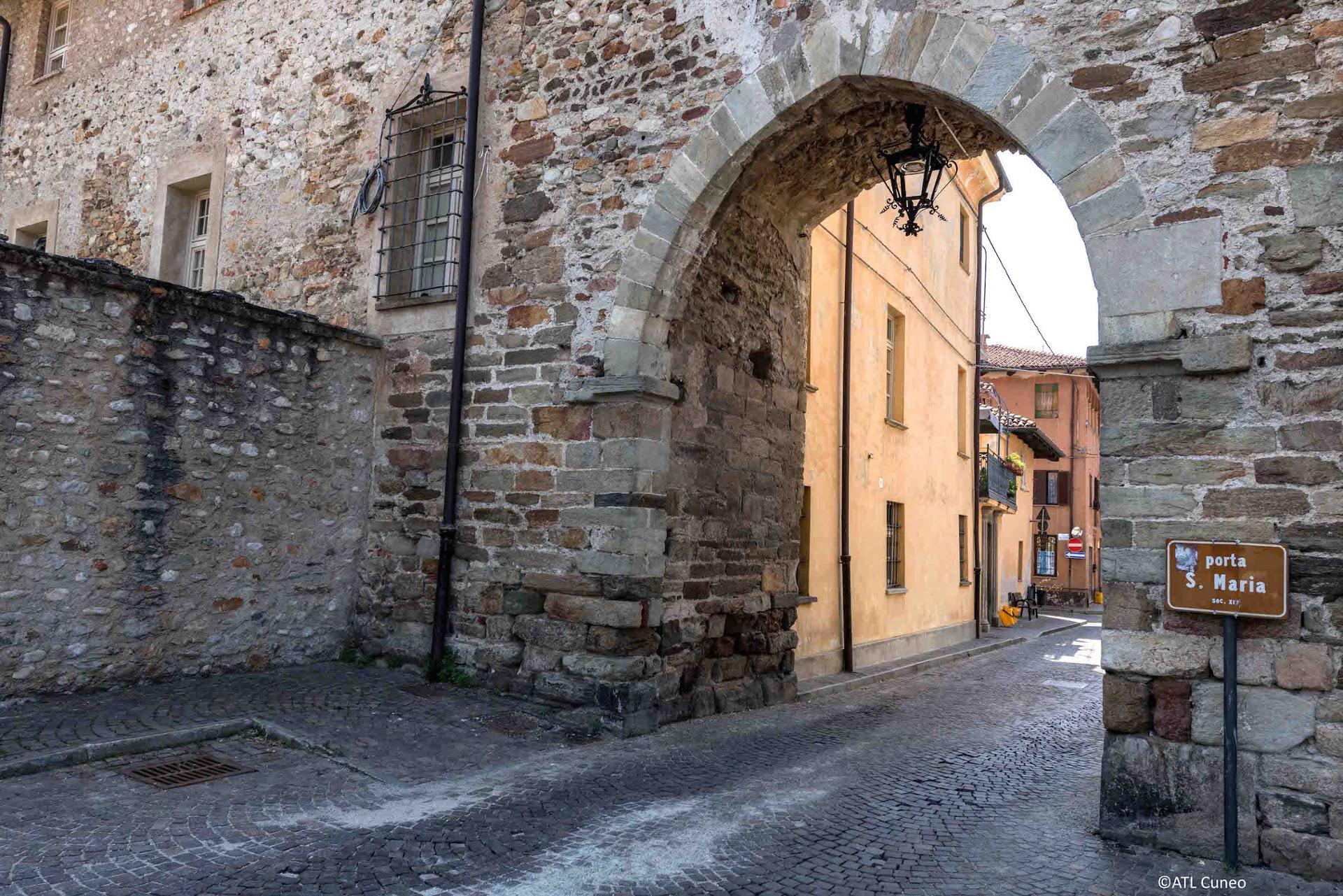

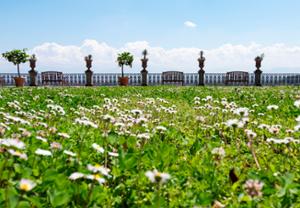




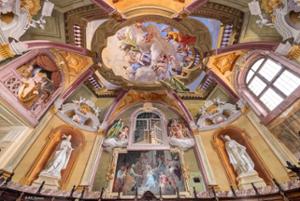

Discover
more

Busca is located at the foot of a hill that protects it from cold winds, with the Alps in the background and its gaze towards the plain. Reference to the town appears for the first time in a document dated 6 December 1123. It is therefore no coincidence that the historic centre still retains a medieval urban layout, with Romanesque and Gothic architecture, as well as some buildings dating back to the sixteenth century.
The ancient walls are barely visible, which for the most part were incorporated into the buildings over the years. The Porta di Santa Maria, built between the 15th and 16th centuries, is still well-preserved in Corso Giolitti. Worthy of mention are the Chiesa della Santissima Trinità, known as La Rossa, and the Chiesa della Santissima Annunziata, called La Bianca, an example of Piedmontese Baroque architecture with a Greek cross plan, designed by the famous architect Francesco Gallo.
Perched atop a sunny hillock stands the Cappella di San Martino, built before the year 1000 and with one of the oldest facades in the Cuneo area. Its frescoes were the work of the Biazaci brothers, local artists who in the fifteenth century painted over thirty frescoes and panel paintings in the Cuneo area.
Make sure to visit the Castello del Roccolo, built on the hills starting from 1831 at the behest of the Marquis Roberto Tapparelli d'Azeglio. The castle represents the most significant expression of neo-Gothic character, promoted in the nineteenth century by the Savoyard court of Carlo Alberto. It is immersed in a centuries-old stunning park of 50 hectares, built according to the canons of a “romantic garden” with statues, water features, fountains, ponds and spectacular monumental greenhouses. From its terrace you can enjoy a breath-taking view of the Cuneo plain.
In the surroundings of Busca there are several hilly paths to be covered on foot or by bike. The easily accessible Cave di alabastro quarries located on the slope of the hill of the Eremo di Belmonte are worth a visit.
esempi di as xml: xml serveResource con templateId (chiave)
esempi di as json: json serveResource con templateId (chiave)
esempi di as json e siteId: json serveResource con siteid
en_US
What
to do
en_US
Experiences
No result found
en_US
Where
sleeping
en_US
Offers
en_US
Info







